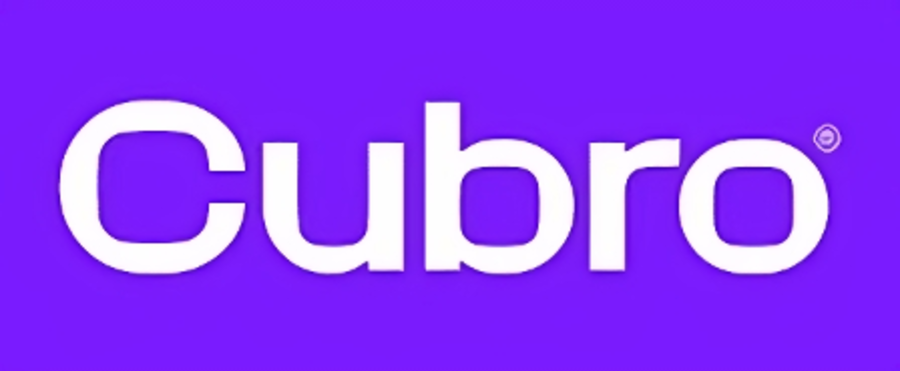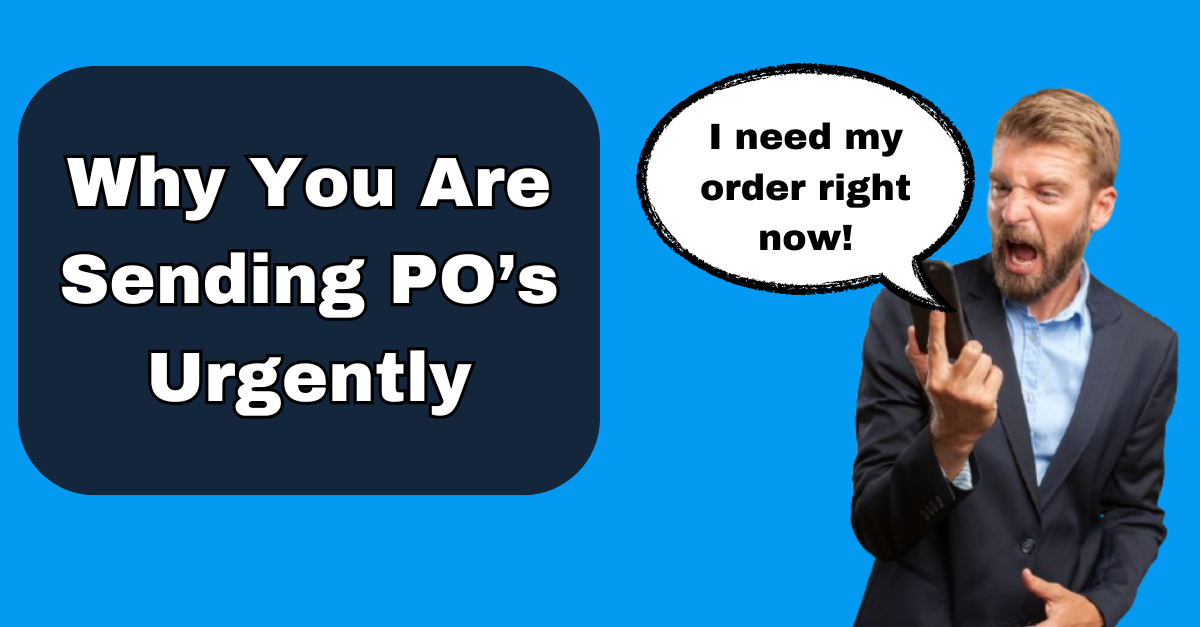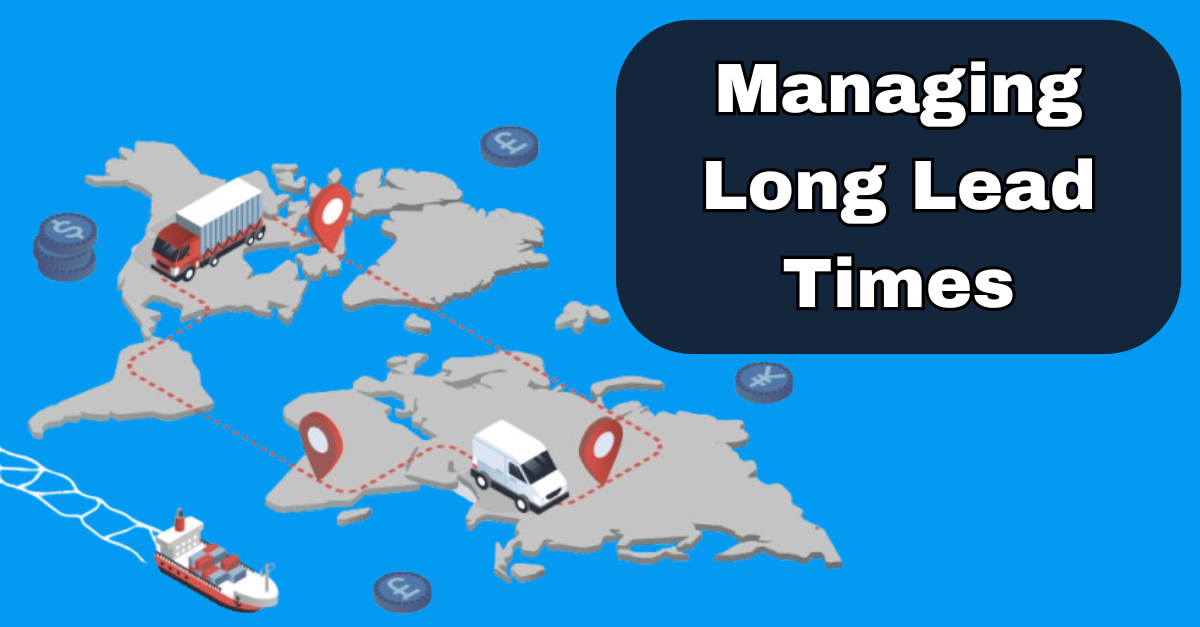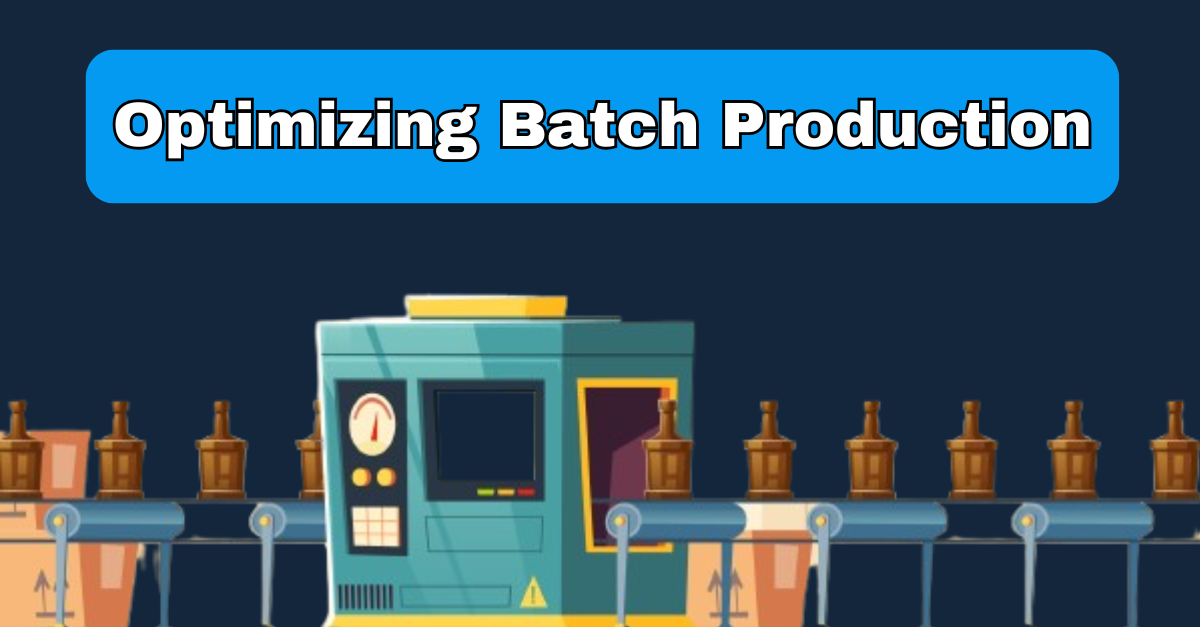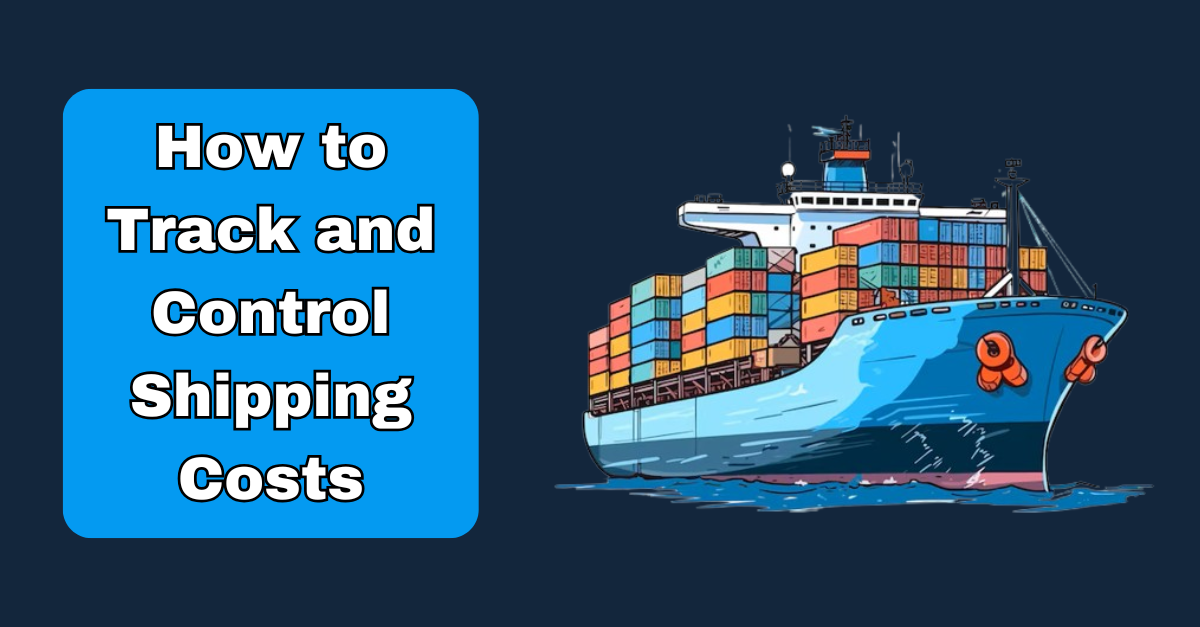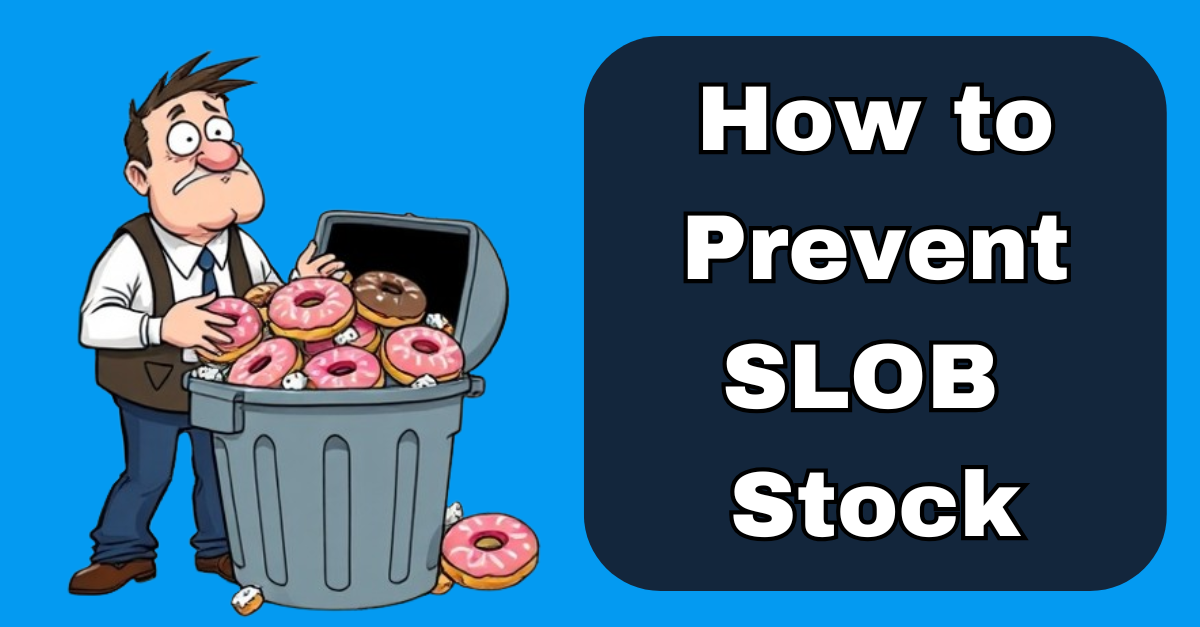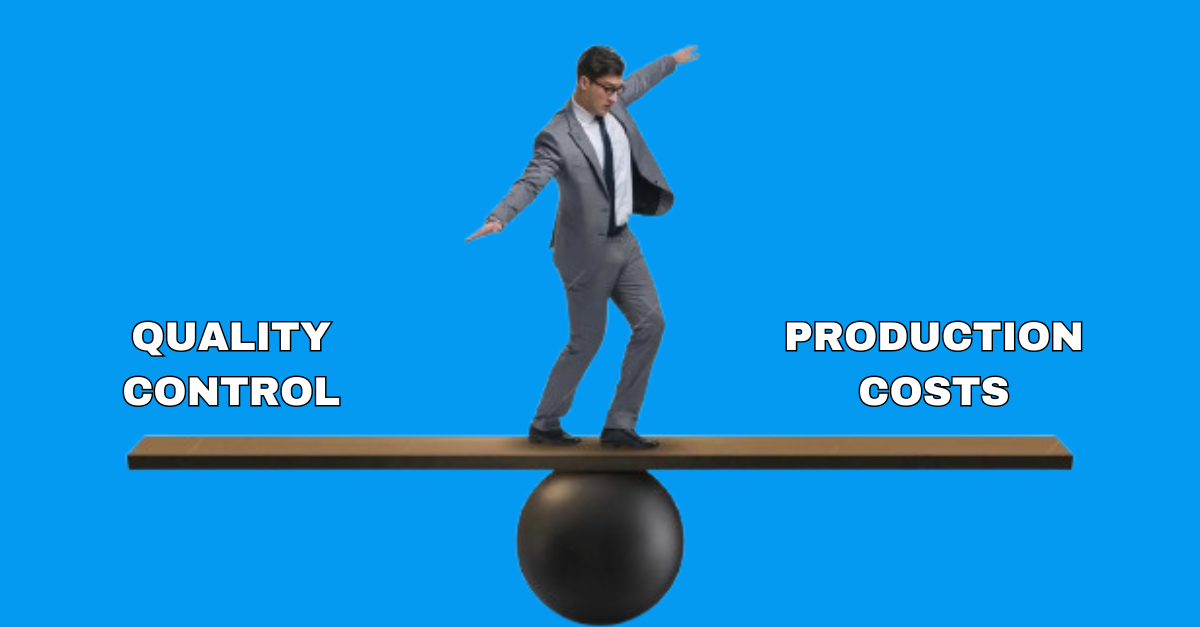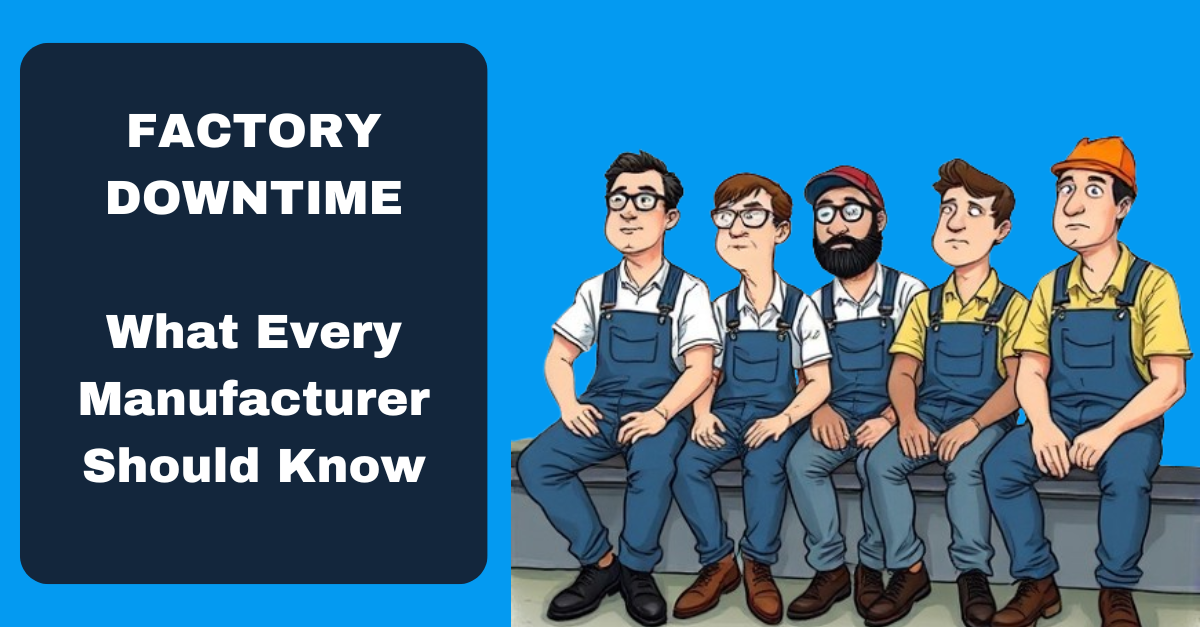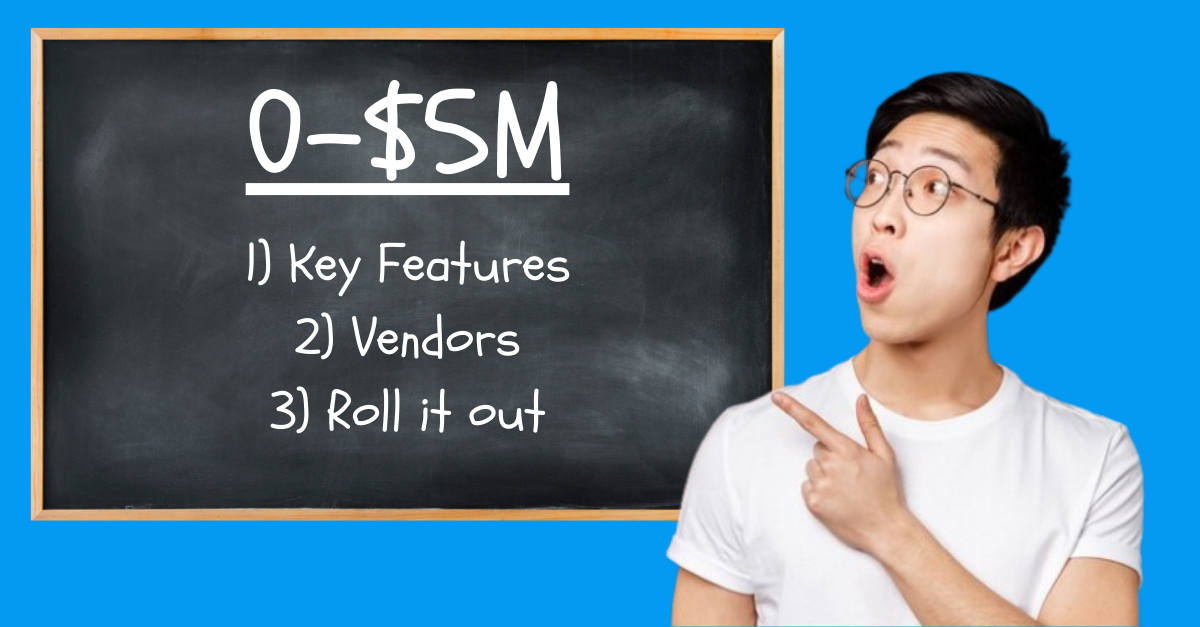Meet Gert Fourie, the General Manager of Supply Chain at Cubro, a prominent medical equipment supplier headquartered in Tauranga. With over 20 years of hands-on experience in the supply chain industry, Gert brings a wealth of expertise to his role. Cubro, having served as a trusted source for health and medical equipment in New Zealand for four decades, entrusted Gert with a crucial initiative – the implementation of automation in their supply chain.
In this interview we explore the specific challenges Cubro faced in their previous processes. As well as Gert's strategic approach to integrating automation components aimed at solving issues, such as inventory mismanagement and financial strain, sets the stage for understanding the tangible benefits reaped by Cubro as a result. Join us as we learn more about Cubro's supply chain success story.
Q1: What problems/inconveniences did Cubro’s current processes have that made you want to automate different components of your inbound supply chain?
Gert's Response:
"The biggest pain point for us was visibility and managing that visibility. We were either massively overstocked or always running out of stock, depending on where we were in the wave of the bullwhip effect.
During peak seasons, a high influx of shipments would arrive all at once. This meant the hiring of additional labour staff to ensure we could unpack the large amount of incoming shipments and consequently straining our cash flow. Another pain point was we were updating and maintaining ETAs manually. Doing this process manually resulted in a degree of human error and meant Cubro was working based on dates that weren’t always entirely accurate.”
Managing EDI’s (Electronic Data Interchange) from multiple shipping companies posed a significant challenge. We found ourselves navigating various platforms from different business partners, depending on the carrier handling the shipment.
Q2: What did you do to automate the different aspects and components?
Gert's Response:
"We introduced actual demand planning to determine what to buy, when to buy, and how it would impact the stock situation. Depending on the demand of the season we could forecast and hold an appropriately low inventory level. Inventory buffers became less necessary as we now had true visibility.
We were also able to automate ETA dates from a shipping perspective. We did this by partnering with a tracking company to track our own shipments, allowing us to have an EDI that runs from our tracking system directly into our ERP system. It meant we weren’t reliant on any business partners to monitor shipments and it could all be done in one platform."
Q3: What results has this delivered for Cubro’s supply chain?
Gert's Response:
"From an ERP planning perspective, there was stability in the supply chain, improved cash flow, and increased sales opportunities. The overall inventory came down, and we started managing how stock came in, we have continuous stock arriving as and when we need it.
On the shipping side, we eliminated all manual interventions, achieving a 99.7% accuracy on all incoming shipments up to 6 months out. These automated processes not only yielded a 10% reduction in total monthly purchases but also eliminated a substantial $120k in airfreight costs each month. Since stock levels were optimized and we had true visibility the need for urgent air freight reduced significantly.”
Q4: What future improvements do you hope to implement on top of your current solution?
Gert's Response:
"At the moment, we are working on an order placing tool and automated order releases. With the previous elements of the supply chain working effectively, once we generate our plan, it will automatically release orders to fulfil demand. This allows us to hold inventory to a just-in-time methodology, even with international shipments."
Q5: How do you view the current state of technology in the supply chain industry?
Gert's Response:
"I think it's magnificent. Although we might not be testing all its capabilities, utilizing the capabilities of current systems already in the market can lead to a large amount of success."
Q6: How do you see the state of supply chain technology in New Zealand compared to other parts of the world?
"I do think New Zealand is far behind best practices and technology in supply chain. A small number of companies have matured sales and operations / integrated business planning processes. For midsize and smaller organisation sizes even fewer have developed matured processes. “
Q7: What hope/vision do you have for supply chain technology in the future?
Gert's Response:
"I hope in 10 years there will still be humans needed to do supply chain jobs. With artificial intelligence on the rise, we're already starting to see they can do it quite a lot better than we can. I hope there is still space for us to continue to manage in the supply chain industry. These AI systems look quite advanced, so whether we will actually need them or not is still in question. But I think we will be lucky if we are sitting in supply chain a few years from now."
A big thank you to Gert for taking the time to share Cubro’s success story. I hope to see many other New Zealand companies take up the same or similar initiatives.
If you would like to submit your company’s success story please drop me an email:
